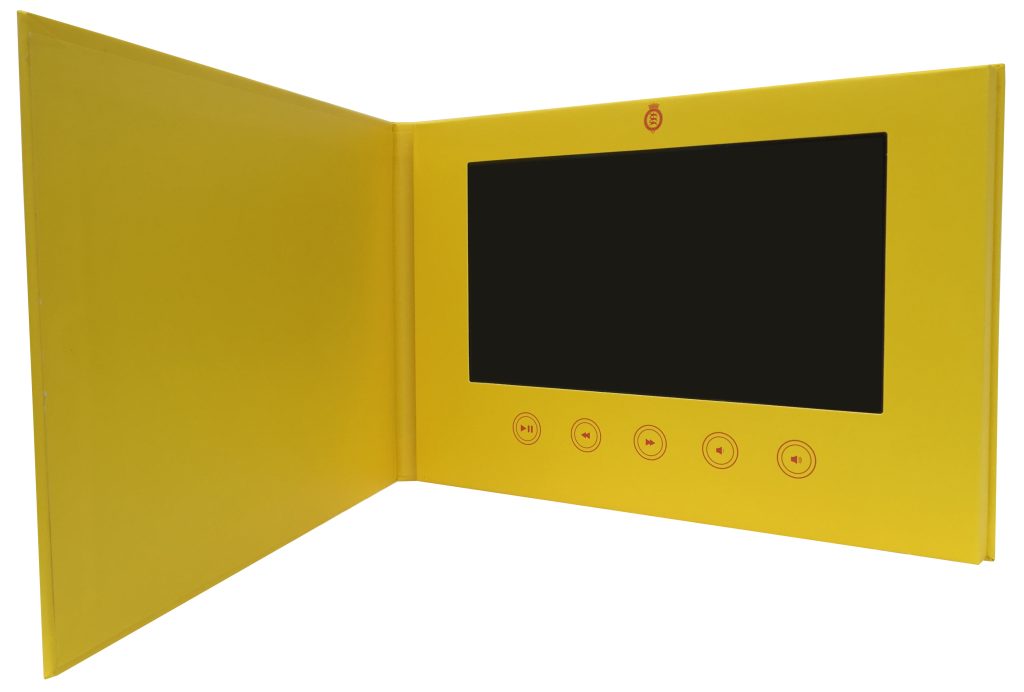In today’s fast-paced digital world, data storage needs are constantly evolving. One of the most significant advancements in storage technology is the rise of exteral solid-state drive (SSDs). These devices have quickly become a favorite for users seeking faster, more reliable, and portable storage solutions. With their sleek design and impressive performance, external SSDs are rapidly replacing traditional external hard disk drives (HDDs) for many people. But why are external SSDs becoming so popular? Let’s explore the reasons behind this shift.

Speed and Performance
One of the most compelling reasons for the growing popularity of external SSDs is their exceptional speed. Unlike traditional HDDs, which rely on spinning disks to read and write data, SSDs use flash memory. This allows them to transfer data at much higher speeds. For example, an external SSD can often read and write data at speeds of over 500 MB/s, whereas an HDD might only manage speeds of around 100 MB/s. This significant difference in speed is especially beneficial for users who need to transfer large files quickly, such as video editors, photographers, or gamers.
Whether you’re backing up important documents, transferring media files, or running software directly from the external drive, an SSD ensures a smoother and faster experience. The faster read/write speeds reduce waiting times and improve overall productivity.
Durability and Reliability
Another key advantage of external SSDs is their superior durability. HDDs are mechanical devices with moving parts, making them more prone to damage if dropped or jostled. On the other hand, SSDs have no moving parts, making them much more resistant to physical damage. This makes external SSDs an excellent choice for people who need a portable storage solution that can withstand the rigors of daily use, including frequent travel.
The lack of moving parts also contributes to the reliability of external SSDs. Since they are less susceptible to mechanical failure, users can expect them to last longer and perform more consistently over time, even under challenging conditions.
Compact and Portable Design
External SSDs are typically smaller and lighter than their HDD counterparts. This makes them an ideal option for people who need portable storage that doesn’t take up much space. Whether you’re traveling for business or simply want to store your media library on the go, an external SSD offers a more compact solution without compromising performance.
The slim, lightweight design of many external SSDs means they can easily fit into a backpack or carry case. Their portability makes them ideal for creative professionals, students, and anyone who needs reliable storage while on the move.
Energy Efficiency
External SSDs are more energy-efficient than HDDs, consuming less power during operation. This is particularly important for users who want to extend their device’s battery life when using the external drive with laptops or other portable devices. The lower power consumption of SSDs helps keep your devices running longer without needing to recharge as frequently.
Noise-Free Operation
Because SSDs don’t have moving parts like HDDs, they operate silently. This noise-free feature can make a noticeable difference for users who are working in quiet environments, such as during meetings or presentations, where the sound of a traditional HDD could be distracting.
Conclusion
External solid-state drives are undeniably transforming the world of data storage. Their high speed, durability, compact design, energy efficiency, and silent operation make them an ideal choice for a wide range of users. As SSD technology continues to improve, it’s likely that external SSDs will only become more affordable, making them an even more attractive option for people looking for reliable and fast storage solutions. If you’re looking to upgrade your external storage, an external SSD is undoubtedly worth considering.

